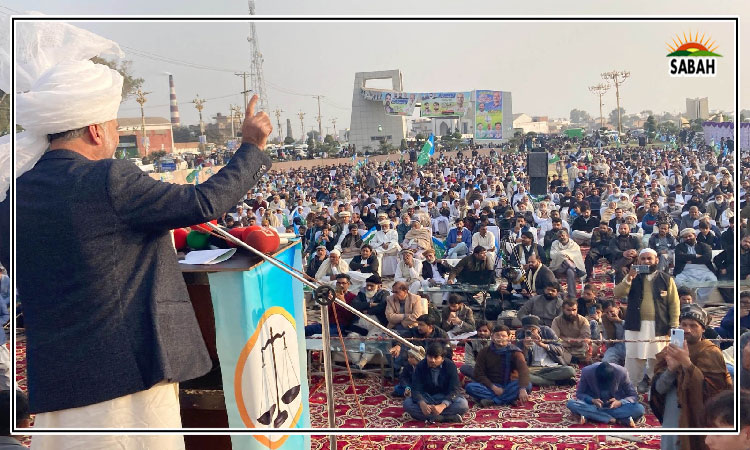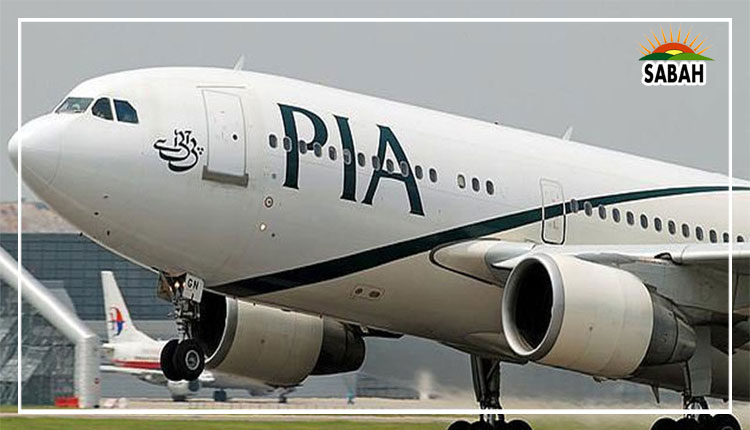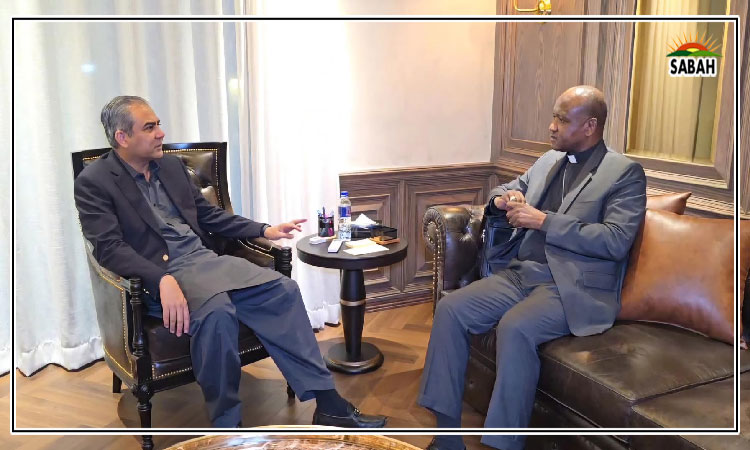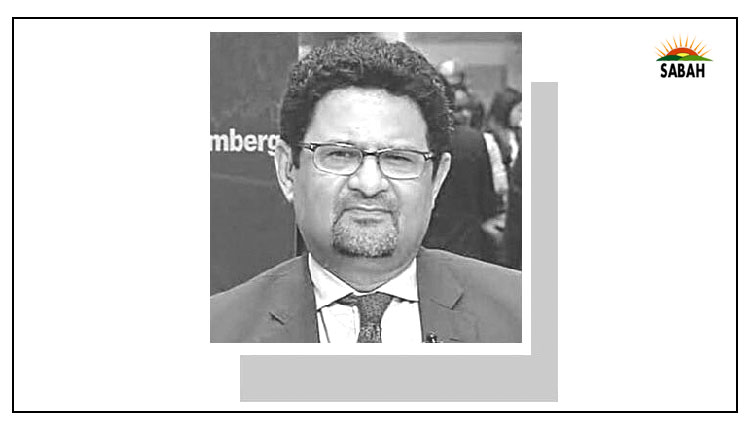Inflation, debt and ML-1…Miftah Ismail
THE caretaker government is hard at work on all matters economic. Its resuscitation efforts include reviving the Karachi to Peshawar railway line (ML-1), a project to be supplied and financed by China for $6.7 billion that will cut travel time between these two cities to 18 hours.
Assuming a three per cent interest rate, a 2pc insurance cost and a 20-year payback period, annual payments come to $530 million. The question our government must ask: can we afford such an expenditure in foreign currency at this time? Should we not consider a cheaper solution of buying a new signalling system for $150m that will increase average train speed and track capacity by 20pc?
(A digression: our railway ministry, like PIA, is similar to a black hole where any money poured in is lost forever and we never see a return. But thats not the argument I am developing here).
A mistake our governments have made over the years is to not determine the foreign currency or external viability of projects and policies. So, for instance, we build power plants or bridges with foreign loans, but without examining whether that particular project is feasible only in rupee terms or will also generate (directly or indirectly) enough foreign currency for us to be able to service the debt. Or when we enact a policy of, say, giving a tax exemption to a sector, we dont consider what effect that policy will have on foreign exchange. Our ignoring the external viability has meant that over the years we have pursued policies and projects that have resulted in external debt and liabilities of $125bn with little to show for in terms of foreign earnings.
For instance, the amnesty given to the real estate sector in 2020 allowed property tycoons to park their tax-evaded billions in real estate and construction. However, the government never undertook an analysis of what would happen to the current account deficit as money diverted to real estate and construction would result in more imports and have a negative impact on exports. It also didnt consider the effect on tax revenues or the manufacturing sector which exports and pays higher taxes. Wanting to spur growth at any cost, the government took our imports to unsustainable levels by 2021.
Also consider: between 2013 and 2018, as we doubled our electricity production capacity, did we study if those projects were externally viable given that an overwhelming proportion of our electricity is used in homes and little for industrial production? Or did we undertake policies that rendered them viable? In fact, because of a fixed exchange rate policy in those years, our exports declined from 13.8pc of total national output to 8.9pc, our import bill shot up and today we are facing difficulty in paying for those plants.
Similar mistakes were made throughout our history where successive governments failed to consider the long-term implications of policies, and these ill-conceived policies have come back to haunt us. Today, our government is reeling under huge domestic and external debts. Since the passage of the seventh NFC Award, another ill-considered policy, the federal governments deficits have increased exponentially and this year the net revenue of the federal government, after paying the provinces, will be less than the interest we have to pay on debt. We are therefore borrowing even to pay the interest.
Because of this adverse situation, our governments have to struggle to borrow dollars to service our foreign debt and the State Bank has to create new money, through buying of bank securities, to finance the insatiable debt-servicing appetite of the federal government.
This money creation is of course the main reason we have experienced so much inflation and devaluation. To add to our woes, we are also seeing almost no growth in an economy where more than 2.5m new people join the labour force annually.
The caretaker government is aware of these problems. However, it seems that it is trying to stimulate growth as a way out of these problems. This, I think, is a mistake a mistake we have often made as a solution to our problems.
The current situation calls not for pursuing rapid growth but to first reduce inflation. The most effective monetary tool the State Bank has to reduce inflation is to increase its policy rate the rate at which it lends money to banks. An increase in the policy rate forces a decrease in demand for goods and services, thus lowering inflation. Indeed, the high policy rate we have today has largely repressed private sector demand, thus tempering inflation.
But our dilemma is that all new credit today is going to the federal government, whereas private sector credit is actually shrinking. When the State Bank raises interest rates, it raises the federal governments cost of debt servicing. However, rather than cutting its expenditures or increasing its revenues its not possible to do so in the short run the government just borrows more, forcing the State Bank to print more money. The resulting increase in money supply causes more inflation.
The economy is in a Catch-22 situation where the State Banks contractionary monetary policy is swamped by the federal governments expansionary fiscal policy, caused by its large budget deficit.
Although there are no easy solutions, the best course for the caretakers in my view is to reduce Public Sector Development Programme and provincial Annual Development Programme spending on an emergency basis to reduce the aggregate federal and provincial deficit. Once the deficit is reduced, monetary policy will start to become more effective and inflation will come under control.
However, until we have consolidated our fiscal situation, we should pursue growth only through investments that result in exports. For now, we shouldnt pursue investments that seek to sell to domestic consumers.
Therefore, we should defer the ML-1 project for a few years. Right now it would be like buying a corporate jet for the CEO of a deeply indebted, loss-making company. The jet may be convenient for corporate managers, but its not a luxury the company can afford. Similarly, we cant afford the new railway line.
Courtesy Dawn












